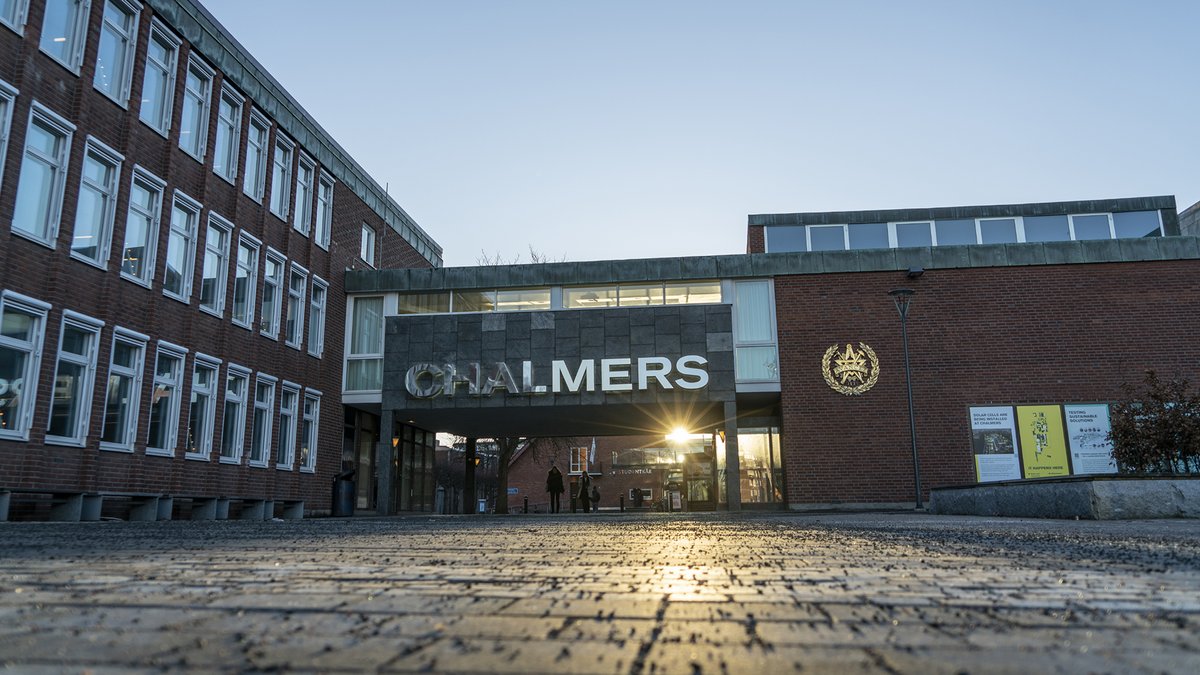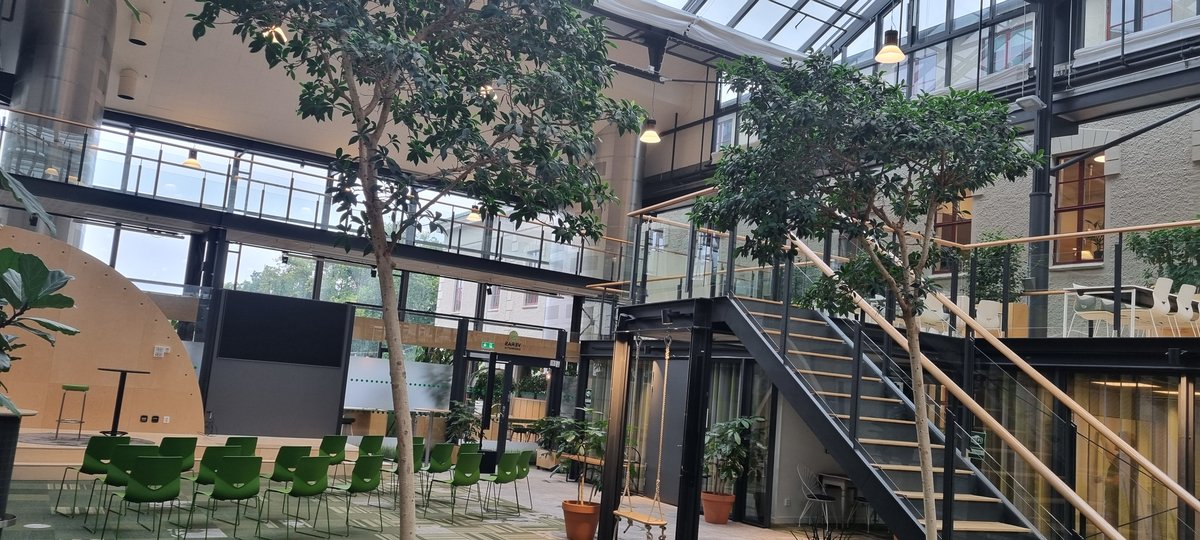Combining classical principles of mechanics and physics of solids with cutting-edge data science techniques has resulted in very accurate and efficient data-driven approaches. Data-driven models have a very high capacity to harness vast volumes of data generated in material science, engineering, and physics to uncover hidden patterns, relationships, and insights. During the last decade, the following have seen key developments, and further enhancements are ongoing:
- Efficient and accurate surrogate modelling: By leveraging existing data and employing Machine Learning (ML), very accurate and remarkably efficient models have been developed. This is particularly important for micro-structurally heterogenous materials for which high-fidelity full-field micromechanical simulations are required for an accurate prediction.
- Accelerated material design: The integration of data science techniques allows to identify optimal material properties for specific applications much more rapidly. This can lead to the development of innovative materials with enhanced performance, durability, and functionality.
- Discovery of constitutive laws: Data-driven models have enabled discovery of constitutive laws from force and displacement information readily extractable from experiments. In comparison with classical approaches, this method dramatically reduces the required effort and time to derive constitutive laws.
Despite the great progress, challenges persist, including (i) the need for robust data sets, (ii) the interpretability of complex models, and (iii) the integration of physics-based constraints. Overcoming these challenges will pave the way for a deeper understanding of material behavior and the realization of more efficient and sustainable engineering solutions.
In this colloquium, topics of interest include (not limited to):
● Traditional and physics-enhanced machine learning for surrogate modelling;
● Learning and exploiting latent representations of materials behavior;
● Image-based machine learning methods;
● Data-driven process modelling of materials;
● Generative learning for material optimization;
● Micromechanics-based data-driven methods for designing materials;
● Bayesian machine learning for uncertainty quantification, data assimilation and inverse modeling;
● Manifold learning for reduced-order modeling of material behavior;
● Efficient data assimilation and active learning, among others.




